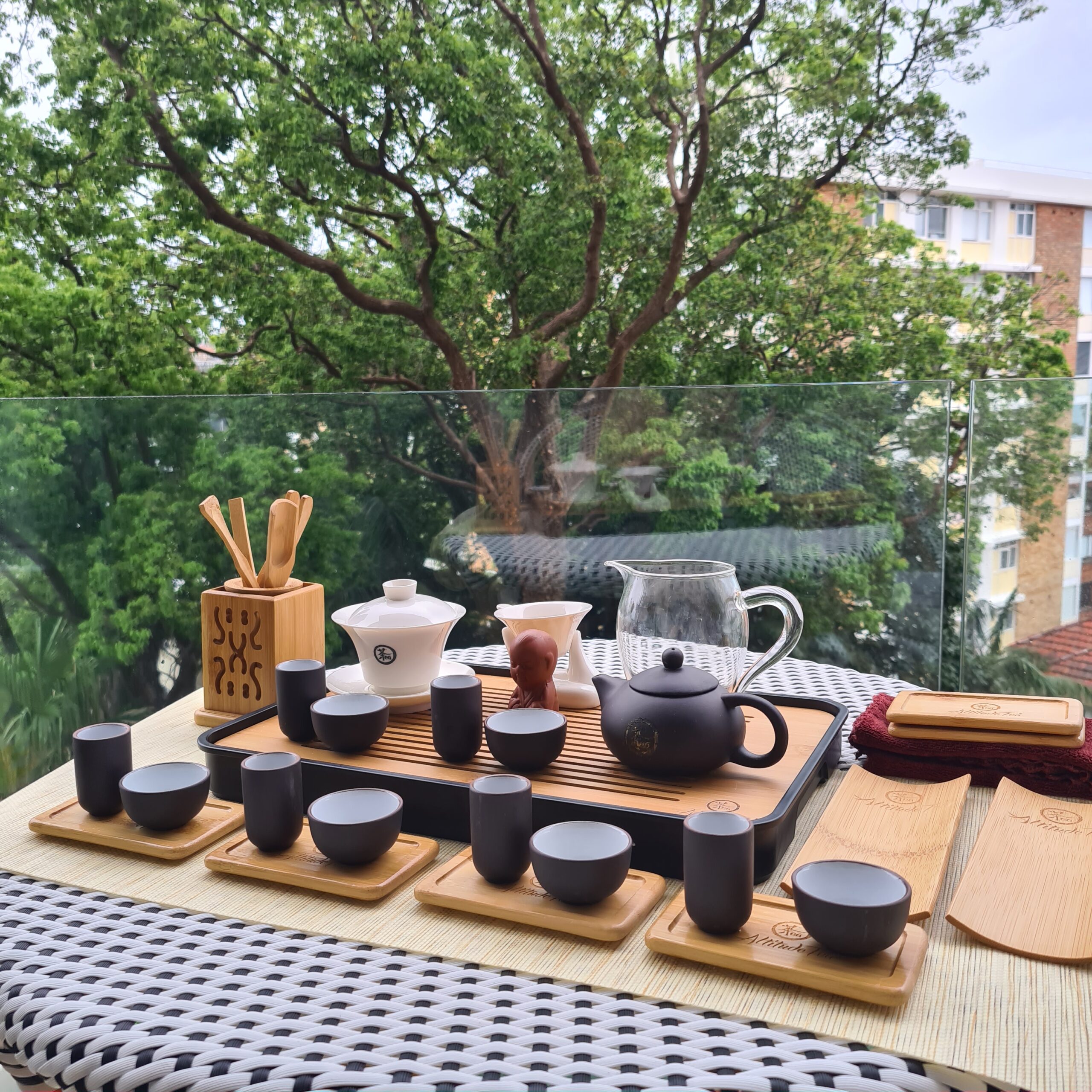
The Culture of Drinking Japanese Tea with Special Dishes
In Japan, the tea ceremony, known as "chanoyu" or "sado," is much more than a simple act of drinking tea; it is a profound cultural ritual steeped in tradition and reverence. This ceremony celebrates harmony, respect, purity, and tranquility, and the special dishes used in the process play a vital role in enhancing the experience.
1. The Essence of the Tea Ceremony
The Japanese tea ceremony is a carefully choreographed event that embodies the principles of Zen Buddhism. Every movement, gesture, and tool has symbolic meaning. The ceremony is a meditative practice that promotes mindfulness, allowing participants to find peace and stillness in the moment.

2. The Role of Special Dishes
Special dishes used in the tea ceremony are integral to the experience. These include the tea bowl (chawan), tea caddy (natsume or chaire), tea scoop (chashaku), and tea whisk (chasen). Each item is handcrafted, often by skilled artisans who pour their dedication and expertise into creating pieces that are both functional and beautiful.
3. Aesthetics and Symbolism
The aesthetics of the tea ceremony dishes are influenced by the Japanese concept of "wabi-sabi," which finds beauty in imperfection and simplicity. Tea bowls, for example, are often rustic and asymmetrical, reflecting the natural, imperfect beauty cherished in Japanese culture. Each piece is chosen with care, often reflecting the season or the particular occasion of the tea gathering.

4. Enhancing the Experience
The tactile and visual qualities of the special dishes enhance the tea-drinking experience. The weight, texture, and shape of the tea bowl in one's hands, the delicate design of the tea caddy, and the precise craftsmanship of the tea scoop all contribute to the sensory pleasure of the ceremony. These elements create a connection between the participant and the artisan, adding depth to the ritual.
5. The Tea Itself
Matcha, a finely ground green tea powder, is the focal point of the ceremony. The preparation and consumption of matcha are done with great care and precision, reflecting the importance of every detail in the tea ceremony. The special dishes are designed to complement and enhance the flavor and aroma of the tea, providing a holistic sensory experience.

6. Cultural Significance
Participating in a Japanese tea ceremony is a way to connect with Japanese culture and history. The ceremony is a living tradition that has been passed down through generations, preserving the values and aesthetics of Japanese society. The use of special dishes is a testament to the importance of craftsmanship and attention to detail in Japanese culture.
In conclusion, the culture of drinking Japanese tea with special dishes is a deeply enriching experience that goes beyond the act of drinking. It is a celebration of mindfulness, beauty, and tradition, where every element, from the tea itself to the carefully chosen dishes, contributes to a moment of tranquility and connection.




